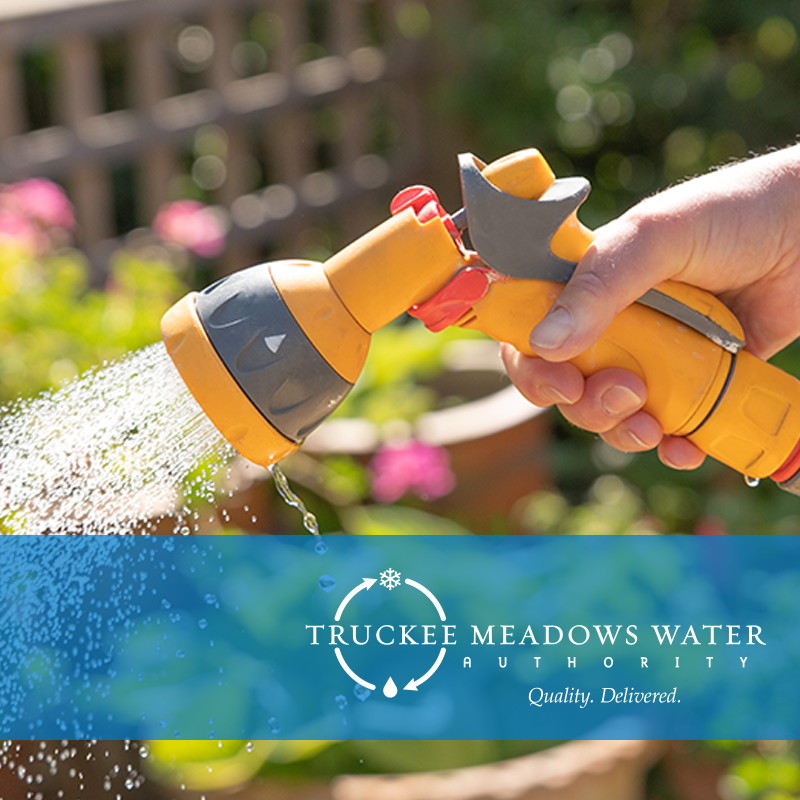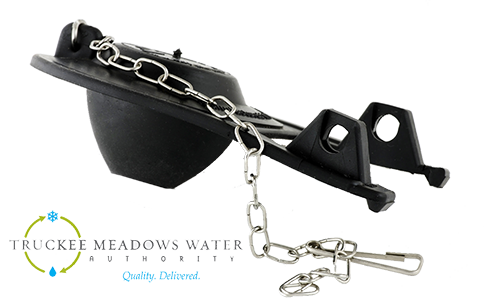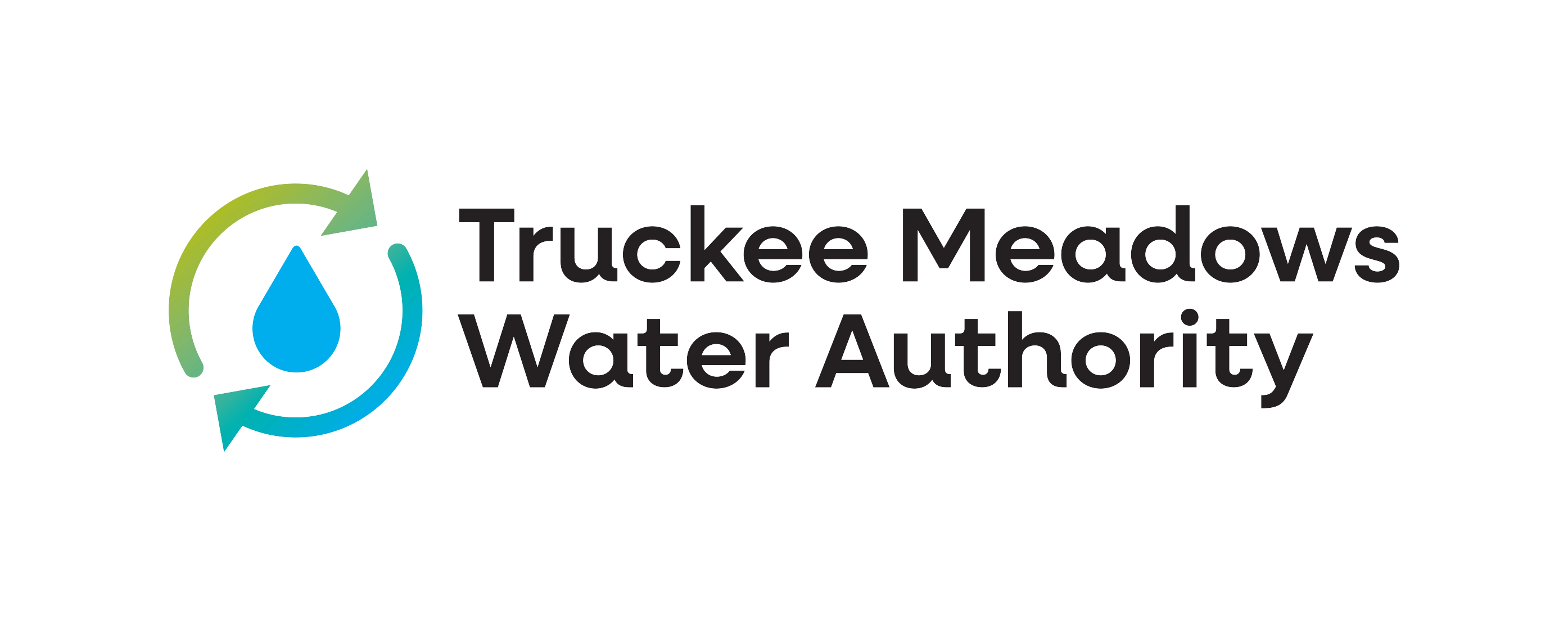 It’s easier than you think to use water responsibly. Read through our easy-to-follow tips and click on links for more information. For a fun way to learn about how water is used, check out our water-efficient house and garden Flash animation.Whether you are a homeowner, a renter or a business owner, you can use less water indoors by making small changes in habits and by installing water-efficient fixtures and appliances.
It’s easier than you think to use water responsibly. Read through our easy-to-follow tips and click on links for more information. For a fun way to learn about how water is used, check out our water-efficient house and garden Flash animation.Whether you are a homeowner, a renter or a business owner, you can use less water indoors by making small changes in habits and by installing water-efficient fixtures and appliances.
Quick Check List on Outdoor Water Use
I have water-efficient landscaping.
Here in the high desert, lawns and other plants need deep, strong roots to tolerate our hot, dry summers and recurring droughts. By watering deeper and less often, you’ll encourage stronger root systems and keep your water bill down.
I use a broom or blower to clean driveways, sidewalks and steps.
Using a hose to push around leaves and debris can waste hundreds of gallons of water.
I don’t let water flow down the driveway while washing my car.
Using a pail of soapy water is the best way to wash the car. Use a hose with an on/off control device to wet it and rinse it off. In the 15 minutes (or more) it takes to wash the car, you could save over 150 gallons of water.
I let my children play in the sprinklers only on my assigned days.
Children love to play in water on hot summer days. On your assigned watering days, let them run through the sprinklers or use a “slip and slide” type of toy. On your non-watering days, children might play in a wading pool. Teach your children to turn the water off after filling the pool. And, when they are finished, reuse the water for washing the car, bathing the dog or watering trees and shrubs.
For properly-trained yards, Assigned-Day watering is enough even during the hottest part of summer. Cut back watering when temperatures are cooler as in spring and fall. Water only on your assigned days. Lawn watering is governed by TMWA Rules and local ordinances.
I water during the cool parts of the day, never between 11 a.m. and 7 p.m.
Never water during the heat of the day. TMWA Rules and local ordinances prohibit watering during these times from Memorial Day through Labor Day.
I don’t water when it’s windy or raining.
Avoid watering on windy days when much of your water will be carried off before it even hits the ground. When it’s raining, there’s no need to water. Mother Nature is doing it for you.
I don’t allow water to fill the gutter.
Position sprinklers so water lands on the lawn or garden – not on concrete or pavement where it does no good. If you see water waste, please report it.
I check monthly for leaks in outside pipes, hoses, faucets and couplings.
Leaks outside the house may not seem as unbearable since they don’t damage the floor or drive you crazy at night, but they can be just as wasteful. Visit our page on how to find and repair leaks.
I use a spray nozzle with a shut-off handle on my hose.
Many people don’t realize that water can flow from a hose at the rate of over 10 gallons per minute. If you are careless for just a few minutes, the water waste can add up really fast.
I check or readjust my automatic sprinkler timer at least once a month during the watering season.
Don’t set it and forget because you’ll end up watering when you don’t need to. The timer should be adjusted at least monthly to reflect changes in temperature. Consider using local evapotranspiration (ET) data to help guide outdoor watering.
Quick Check List on Indoor Water Use
 Your toilet can use more water than any other item in your home. A toilet leak can silently waste hundreds of gallons of water each day. Toilets are the only water-using appliance that we don’t turn on and off with each use and because toilets drain to the sewer system, you may not see it leaking.
Your toilet can use more water than any other item in your home. A toilet leak can silently waste hundreds of gallons of water each day. Toilets are the only water-using appliance that we don’t turn on and off with each use and because toilets drain to the sewer system, you may not see it leaking.
I have checked my toilet for leaks.
A leak in your toilet may be wasting more than 100 gallons of water a day. To check for a leak, put food coloring in your toilet tank. If, without flushing, the coloring begins to appear in the bowl, you have a leak. Replace the flapper valve, adjust or replace the flush valve, or call a plumber.
I never use my toilet as a wastebasket.
Every time you flush facial tissue or other small bits of trash down the toilet you waste 1.6 to 7 gallons of water, depending on the size and age of your toilet. Many older toilets use more water than necessary for an effective flush. By simply inserting a displacement device into your older toilet tank, you save up to a gallon or more per flush with no noticeable difference. Toilet dams, displacement bags and other flush-limiting gadgets are available at most hardware or plumbing supply stores and are easy and inexpensive to install.
I take shorter showers.
Long, hot showers waste 2.5 to 8 gallons every unneeded minute. Limit your showers to the time it takes to soap up, wash and rinse, and save on your hot water heating costs, too.
I installed water-saving shower heads or flow-restrictors.
Two and one-half gallons per minute is sufficient for a refreshing shower. Your local hardware or plumbing supply store stocks inexpensive water-efficient shower heads you can install easily. A slightly more expensive head may provide a higher-quality flow, yet saves water.
I turn off the water after wetting my toothbrush.
After you have wet your toothbrush and filled a glass for rinsing your mouth, turn off the tap.
I rinse my razor in a partially-filled sink.
Before shaving, partially fill the sink with warm water. This will rinse the blade just as well and use less water than letting the water run.
I have checked pipes and faucets for leaks.
Even the smallest drip from a worn washer can waste 50 gallons of water or more a day. Larger leaks can waste hundreds of gallons a day.
I use my automatic dishwasher and clothes washer for full loads only.
Older dishwashers may use up to 25 gallons of water for each load. Most newer model dishwashers are just as water efficient as washing by hand, but only when you wash a full load.
Older washing machines may use 30 to 35 gallons per load. You can limit the amount of water used by only washing full loads or by choosing the right water level for the load size.
When shopping for a new dishwasher or a new clothes washer, be sure to look for one that is both water and energy efficient. It may cost the same or slightly more than a traditional model, but the savings in water and energy costs will benefit you in the long run.
If I wash dishes by hand, I don’t leave the water running for rinsing.
If you have a double sink, fill one with soapy water and one with rinse water. If you have only one sink, gather all the washed dishes in the dish rack, then rinse them in a sink of clean water or with an inexpensive spray device.
I keep drinking water in the refrigerator.
This ends the wasteful practice of running tap water to cool it off for drinking
I check the evaporative cooler while in use to make sure there’s no waste.
Make necessary adjustments to ensure there is no waste. The float shuts water off about half an inch below the top of the overflow/drain tube. Drain and clean cooler regularly.
Read more about finding and repairing leaks.
We live in a high desert environment here in Northern Nevada. The amount of water used during the warm months when we water our landscapes is four times the amount used during the winter months. Using water responsibly outside our homes is easy to do.
